Introduction
Finding the Best Insoles for your feet: Insoles, also known as shoe inserts or footbeds, are essential accessory that provides support, comfort, and relief to the feet. Whether you’re an athlete, someone with flat feet, or seeking a height boost, insoles can address various foot-related issues and enhance your overall well-being. In this article, we will delve into the world of insoles, exploring different types, common foot problems, and suitably best insole solutions. So, let’s step into the realm of insoles and discover how they can improve your foot health.
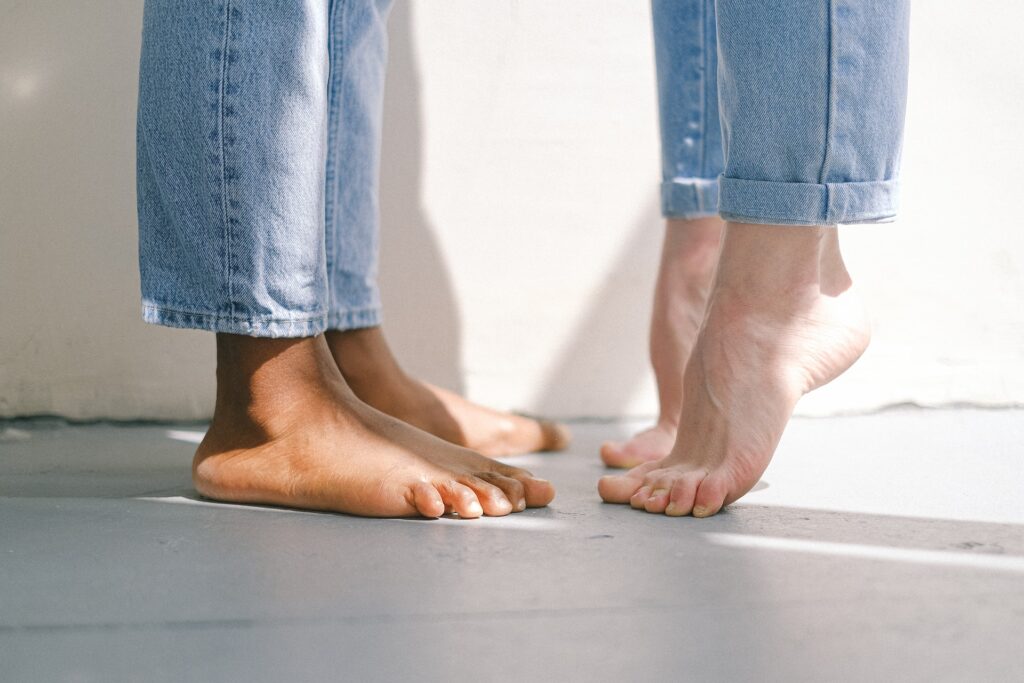
Table of Contents
What Are Insoles?
Insoles are removable inserts that are placed inside shoes to provide additional support and comfort to the feet. They can be made from various materials such as foam, gel, or specialized orthotic materials. Insoles can address a range of foot issues, including arch support, cushioning, and alignment correction.
Types of Insoles
Cushioning Insoles
Cushioning insoles are designed to provide extra padding and shock absorption. They are particularly beneficial for individuals who spend long hours on their feet or engage in high-impact activities. Cushioning insoles help alleviate pressure on the feet, reducing discomfort and fatigue.
Arch Support Insoles
Arch support insoles are specifically designed to provide support to the natural arches of the feet. They help distribute weight evenly and maintain proper alignment, reducing strain on the arches and preventing conditions such as plantar fasciitis. These are the best insoles for people suffering from plantar fasciitis.
Orthotic Insoles
Orthotic insoles are custom-made or semi-custom inserts that cater to specific foot conditions or misalignments. They are often recommended by healthcare professionals to address issues like overpronation, supination, or chronic foot pain. Orthotic insoles offer personalized support and can improve foot function and overall comfort.
Heel Cups
Heel cups are insoles that have a contoured design to cradle and support the heel. They provide cushioning and stability, reducing pressure on the heels and offering relief for conditions like heel spurs or plantar fasciitis.
Gel Insoles
Gel insoles are made from soft gel materials that provide excellent shock absorption and cushioning. They distribute pressure evenly across the foot, minimizing discomfort and preventing the development of calluses or blisters. Gel insoles are suitable for various foot types and are particularly beneficial for individuals with sensitive feet.
Height Increasing Insoles
Height-increasing insoles, also known as elevator insoles, are designed to provide a discreet lift to the wearer’s height. They feature a thicker heel section, which can add a few centimeters to an individual’s height. Height-increasing insoles are popular among individuals seeking a confidence boost or those who require a little extra height for specific occasions.
Foot Problems and Insole Solutions
Flat Feet
Flat feet, also known as fallen arches, occur when the arches of the feet are partially or completely collapsed. This condition can lead to overpronation, instability, and discomfort. To address flat feet, arch support insoles or orthotic insoles with arch contouring can help provide the necessary support and alignment, and alleviate related symptoms.
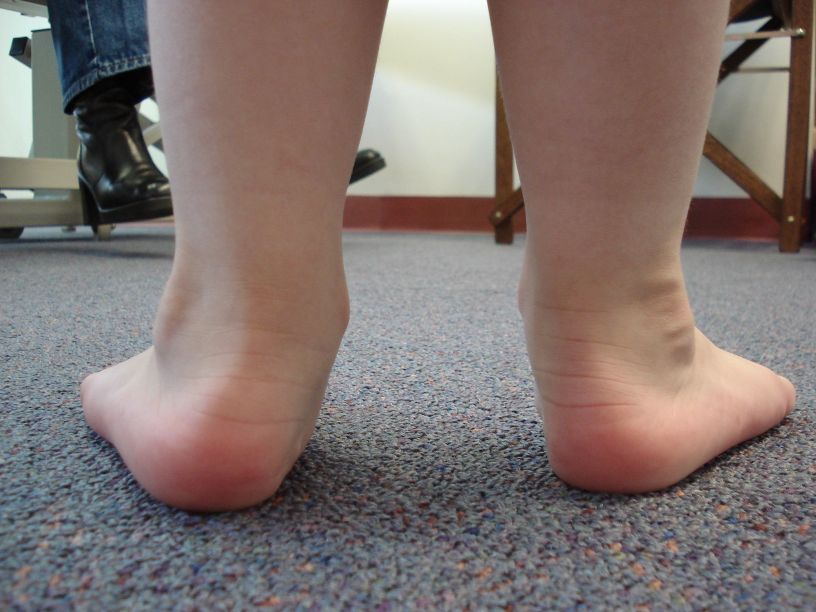
Plantar Fasciitis
Plantar fasciitis is a common condition characterized by inflammation and pain in the plantar fascia, a ligament that runs along the bottom of the foot. Insoles with good arch support and cushioning can help reduce strain on the plantar fascia, absorb shock, and promote proper foot alignment, aiding in the recovery and prevention of plantar fasciitis.
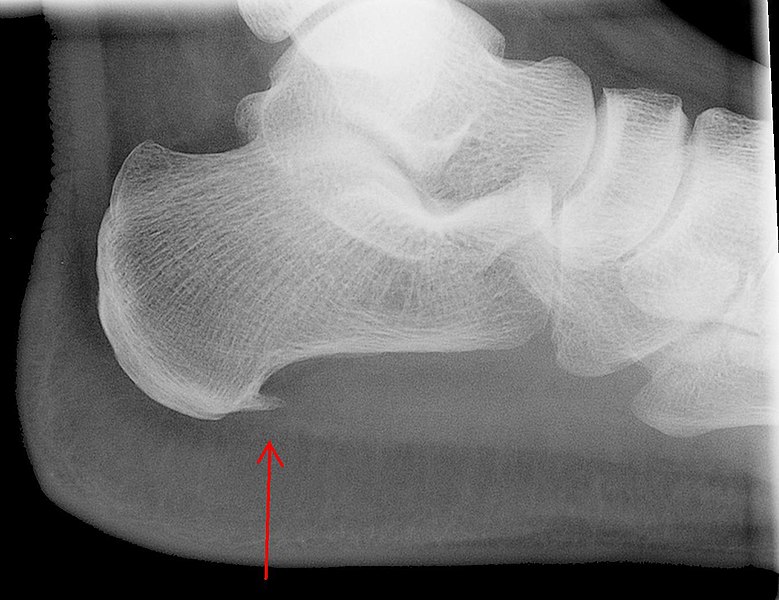
Bunions
Bunions are bony bumps that develop at the base of the big toe, often causing discomfort and misalignment of the foot. Insoles with a wider toe box and additional padding around the affected area can help alleviate pressure, reduce friction, and provide relief for individuals with bunions.
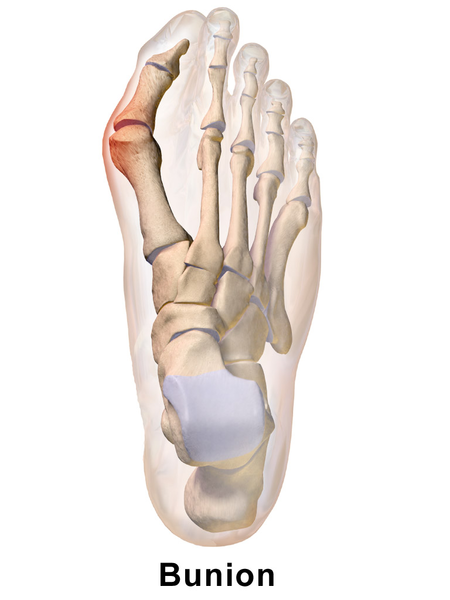
High Arches
High arches, also known as cavus foot, can result in excessive pressure on the heel and ball of the foot. Cushioning insoles or orthotic insoles with arch support can help distribute weight evenly and provide shock absorption, reducing discomfort and preventing potential injuries.
Metatarsalgia
Metatarsalgia refers to pain and inflammation in the ball of the foot. Insoles with metatarsal pads or cushions can help alleviate pressure on the affected area, provide extra support, and reduce discomfort associated with metatarsalgia.
Overpronation and Supination
Overpronation and supination are gait abnormalities that involve excessive inward or outward rolling of the foot while walking or running. Orthotic insoles with motion control features can help correct the alignment, stabilize the foot, and prevent associated problems like shin splints or ankle sprains.
Finding the Right Insoles for Your Needs
When choosing insoles, it’s essential to consider your specific foot type, the nature of the foot problem, and the activities you engage in. While over-the-counter insoles can provide relief for general discomfort, custom-made or professionally fitted orthotic insoles are recommended for addressing chronic foot conditions or severe misalignments. Consultation with a podiatrist or healthcare professional can help determine the most suitable insoles for your individual needs.
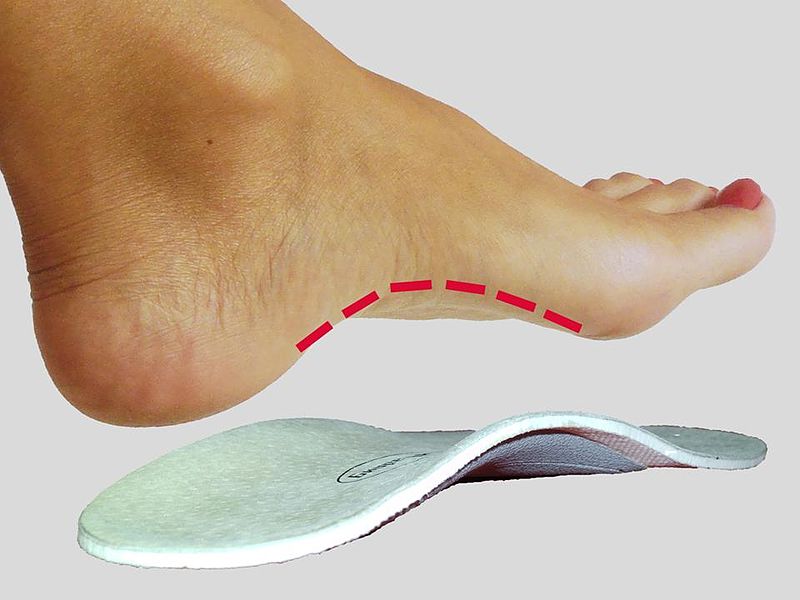
Benefits of Using Insoles
Using insoles can offer several benefits, including:
- Improved foot comfort and reduced pain
- Enhanced foot and arch support
- Shock absorption and impact reduction
- Proper foot alignment and gait correction
- Prevention of foot conditions and injuries
- Increased stability and balance
- Height enhancement (with height-increasing insoles)
- Customized solutions for specific foot problems
Insoles can significantly contribute to overall foot health and well-being, allowing you to stay active, comfortable, and pain-free.
Most Popular Brands for Best Insoles
Frido Insoles
Frido Insoles offers innovative and ergonomic insoles designed to provide improved foot support and comfort.
VKTRY Insoles
VKTRY Insoles specializes in performance-enhancing insoles that optimize athletic performance and reduce the risk of injuries.
Scholl
Scholl offers a wide range of best insoles designed for various foot conditions, providing support, cushioning, and pain relief.
Frequently Asked Questions (FAQs)
- Are insoles only for people with foot problems?
- No, insoles can benefit anyone seeking improved foot comfort, support, or specific enhancements like height increase.
- Can insoles help with back pain?
- Yes, certain foot conditions can contribute to back pain, and using appropriate insoles can help address the root cause and alleviate discomfort.
- How often should I replace my insoles?
- Insoles should be replaced periodically, especially if they show signs of wear and tear or lose their supportive properties. On average, it is recommended to replace insoles every six to twelve months.
- Can insoles be transferred between shoes?
- Insoles can be transferred between shoes, but it is best to have a dedicated pair of insoles for each shoe to ensure optimal support and fit.
- Are custom-made insoles worth the investment?
- Custom-made insoles are recommended for individuals with specific foot conditions or chronic discomfort. They provide personalized support and can be highly beneficial in addressing individual needs.
Conclusion
Insoles are an excellent addition to your footwear, offering support, comfort, and solutions for various foot problems. Whether you’re dealing with flat feet, plantar fasciitis, bunions, or simply seeking added comfort, the right pair of insoles can make a significant difference. By understanding your foot type, selecting the appropriate and best insoles, and considering your specific needs, you can enjoy improved foot health, enhanced comfort, and an overall better walking and running experience. So, take care of your feet and give them the support they deserve with high-quality insoles.
You may also like:
Anti-Aging Creams & Tips to Keep You Looking Young and Vibrant


